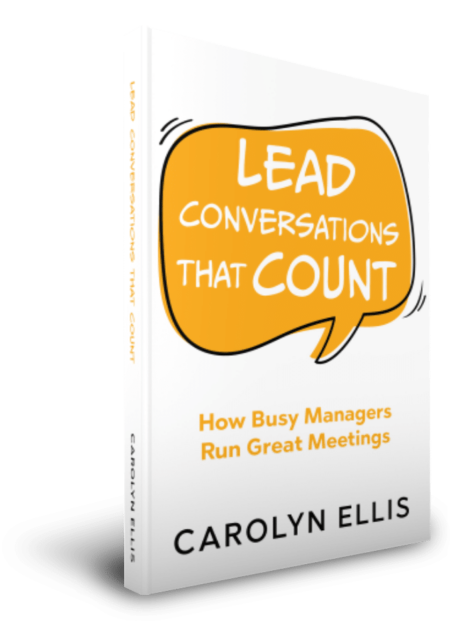In the fast-paced world of leadership and management, nurturing a thriving organizational culture is crucial. Creating and keeping a healthy and inspiring culture where you can do your best work together, even when the going gets tough, is critical particularly in today’s fast-paced and challenging world.
Yet when I’ve been involved in facilitating engagements to support team performance and alignment across various industries, there is a common blind spot. It doesn’t matter how good your culture sounds when your values and how you treat one another is simply posted in the lobby or on a website. It can’t just be handed down as an edict from the C-suite and be summarily adopted in day-to-day interactions by individual contributors. The blind spot is that you must walk the talk through your thoughts, words and actions.
Your team needs not just an intellectual understanding but a visceral understanding that the choices they make each and every day either nurtures or detracts from having a healthy organizational culture. I couldn’t agree more with this statement from Steve Gruenart and Todd Whitaker, “The culture of any organization is shaped by the worst behaviour the leader is willing to tolerate.” When cultural norms are set out as expectations, and then violated or ignored without any course correction, it’s a slippery slope to a disengaged and distrustful culture.
Cultivating an organizational culture is not unlike cultivating a garden. You need to take into account the entire ecosystem of your garden – the soil, its location, the nutrients needed to grow your plants, and the kind of supports needed by particular types of plants. You need some kind of plan and time in your schedule to regularly tend and weed your garden. Organizational culture is a dynamic, interdependent and ever-changing ecosystem that requires intentional tending and care if it’s to be vibrant, innovative, retain top talent, and adapt confidently to change and uncertainty.
Here are 3 key principles that should be part of any strategy to develop and cultivate your organization’s culture:
1. Everyone Contributes to the Culture
Culture is built from the ground up. It’s not something that can be dictated from the top down but rather emerges from the actions and interactions of every individual in the organization. Just as every person in a company plays a role in shaping its culture, every action and behavior contributes to the overall environment. Leaders set the tone, but it’s the daily contributions of all team members that define the cultural landscape. Encourage open communication, model the values you want to see, and recognize that each person’s contribution matters in building a supportive and collaborative culture.
2. Small Steps Lead to Big Results
In gardening, you can’t expect to grow a beautiful garden overnight. It takes consistent, daily care to achieve the desired results. Similarly, lofty goals like becoming more innovative or inclusive won’t be realized without focusing on and supporting smaller, actionable steps. These incremental actions are like the daily tasks of watering, weeding, and fertilizing—essential for turning big ideas into reality.
Break down your cultural goals into manageable, bite-sized actions that can be integrated into everyday work life. For example, if you aim to enhance collaboration, start by implementing regular team check-ins or creating platforms for knowledge sharing. Celebrate small victories and use them as stepping stones towards achieving your larger objectives. This approach ensures that your grand aspirations are grounded in practical, everyday actions that drive visible and measurable progress.
3. Embrace Ongoing Adaptation
A garden is not a static entity; it’s an evolving ecosystem that requires ongoing attention. Similarly, organizational culture is dynamic and needs regular nurturing. Periodically step back to reflect on what’s working and what needs adjustment. Solicit feedback from your team to gain insights into their experiences and perceptions. This reflective approach allows you to make informed changes and keep the culture aligned with the organization’s goals and values.
Just as gardeners adjust their techniques based on seasonal changes and plant health, leaders must be adaptable in their approach to culture. This is where using a tool like the Adaptability Quotient assessment I offer can give you a snapshot of how your people respond to change and uncertainty. Using this information it’s possible to tailor your strategies and communication plans, so that everyone feels seen and heard. Regularly assess the impact of your initiatives, identify areas for improvement, and be open to making necessary changes. This proactive stance helps ensure that your cultural garden remains vibrant and resilient, capable of adapting to new challenges and opportunities.
Investing in culture is not just about creating a pleasant workplace—it’s about driving long-term success and resilience in an ever-changing business landscape.
If you’d like support with leadership within your organization or team, let’s connect to explore whether the Adaptive Advantage (™) program or Level Up Leadership executive coaching program can help!




